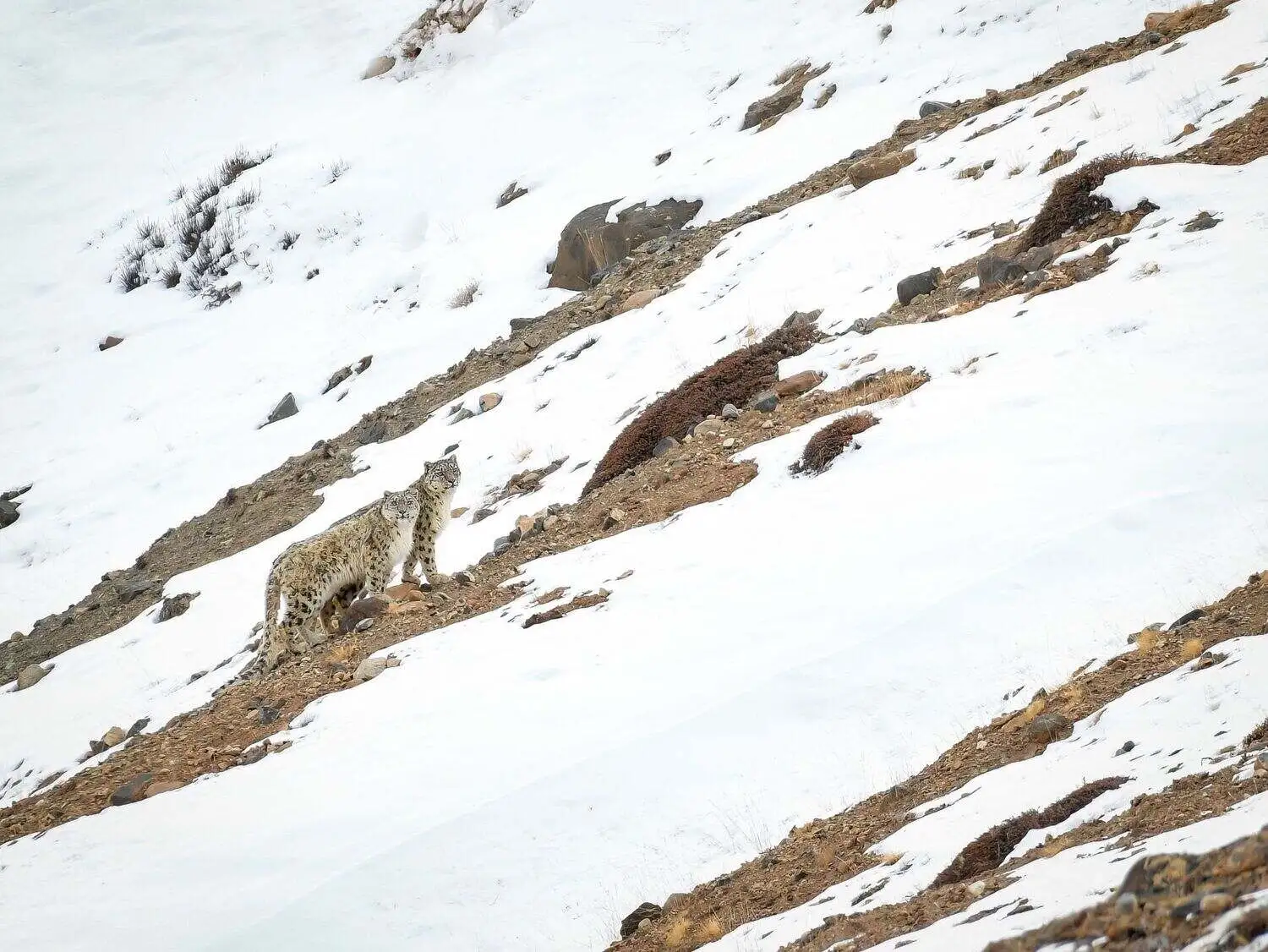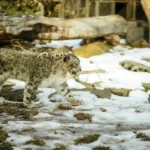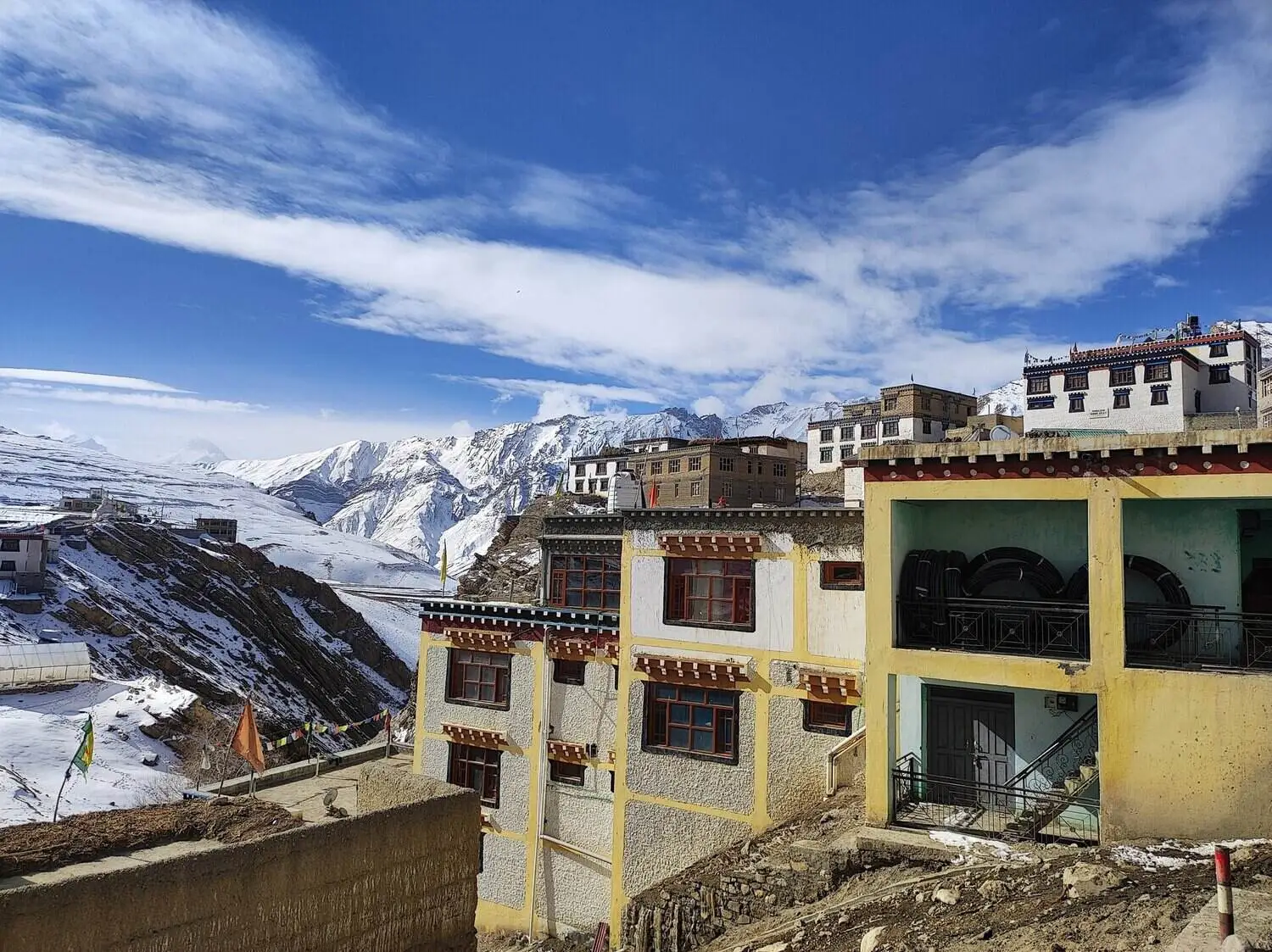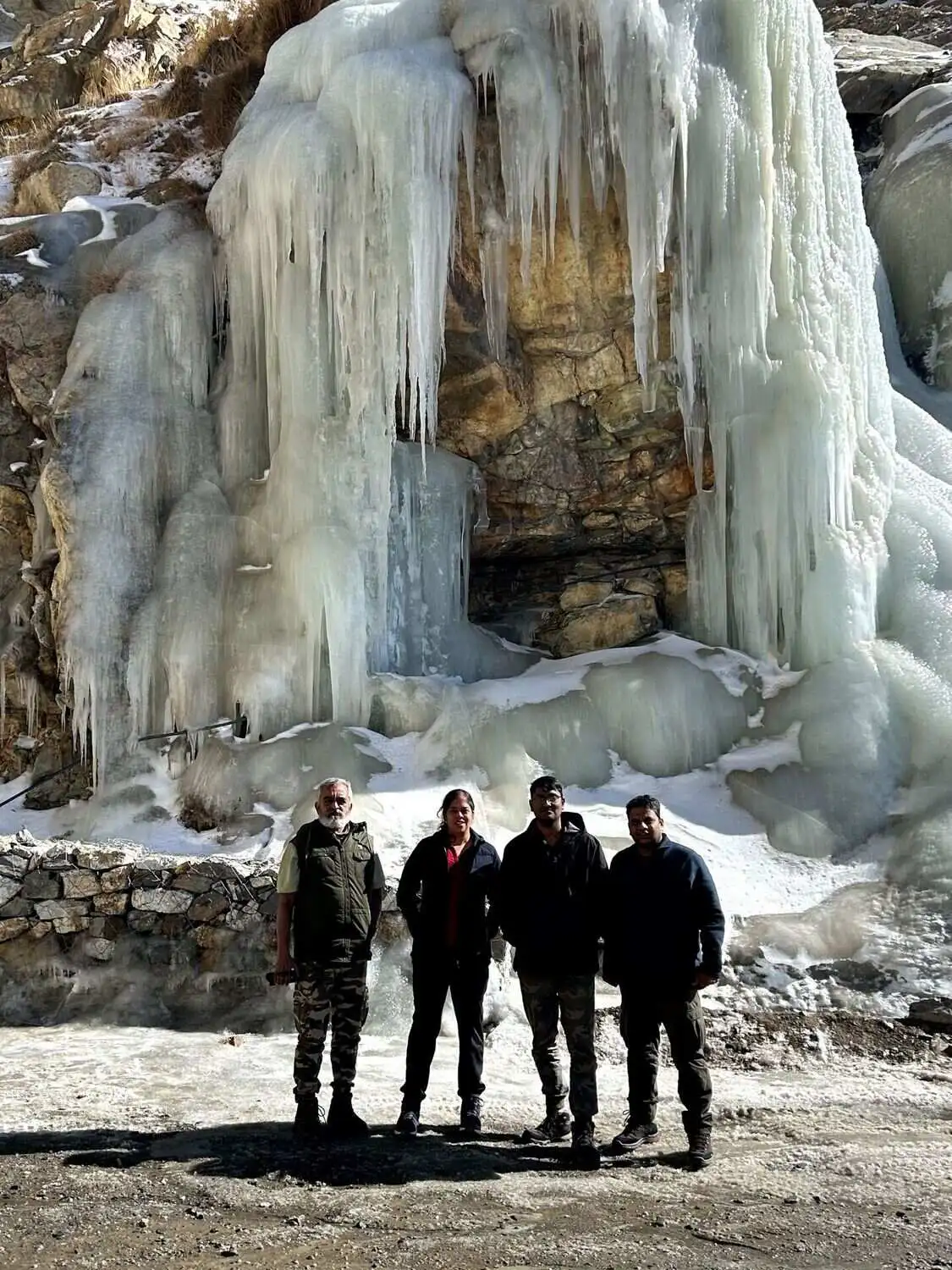High up in the vast, windswept valleys of the Himalayas lives a curious little creature that adds charm to the stark alpine landscape. Meet the Himalayan Marmot, a chunky, playful rodent that loves sunbathing and whistles loudly to warn its colony of any nearby danger. These animals might seem shy at first, but with a bit of patience, you’ll find them peeking out from their burrows or lounging on warm rocks. This blog takes you into their fascinating world, where life at high altitudes is tough, yet full of character and surprising warmth.
What is the Himalayan Marmot?
The Himalayan Marmot (Marmota himalayana) is one of the largest species of marmots, thriving in the cold, rugged terrains of the Himalayan region. These burrowing rodents are part of the squirrel family and are uniquely adapted to survive in harsh alpine conditions. Known for their chunky appearance and thick fur, Himalayan Marmots play a significant role in their ecosystem and add to the charm of the mountain landscapes.
Quick Facts About the Himalayan Marmot
| Feature | Details |
|---|---|
| Scientific Name | Marmota himalayana |
| Average Size | 40–70 cm (16–28 inches) |
| Weight | 4–9 kg (9–20 lbs) |
| Diet | Herbivorous (grasses, roots) |
| Habitat | Himalayan alpine meadows |
| Lifespan | 10–15 years |
| Conservation Status | Least Concern (IUCN) |
Where to Find Them: Habitat and Range
Himalayan Marmots are true alpine dwellers. They are found across the Himalayan range in India, Nepal, Bhutan, and Tibet, thriving at altitudes between 3,000 to 5,500 meters (10,000 to 18,000 feet). Their preferred habitats are grassy meadows, where they dig extensive burrow systems.
When visiting places like Ladakh in India, chances are high that you’ll encounter these delightful creatures sunbathing on rocks or scurrying near their burrows.
Daily Life: Behavior and Lifestyle
Himalayan Marmots are social animals, often living in colonies of several individuals. They are best known for their burrows, intricate networks dug deep into the ground to escape predators and endure the freezing winters.
During the day, marmots forage for food, groom each other, or simply bask in the sun, conserving energy. But come winter, they hibernate for six to eight months, retreating to their burrows to escape the biting cold.
What do they eat?
These rodents are herbivorous and feed on grasses, roots, flowers, and herbs. Their diet is rich in energy to help them store fat, which is crucial for surviving their lengthy hibernation periods. During the summer, marmots spend most of their time building up these fat reserves.

Role in the Ecosystem
Himalayan Marmots are more than just adorable sunbathers; they play a vital role in maintaining their ecosystem:
- Soil Aerators: Their burrowing activity improves soil health and allows plant roots to grow more efficiently.
- Prey Species: Marmots are a key food source for predators like the elusive snow leopard and golden eagles.
By simply existing, they help maintain the delicate balance of the Himalayan ecosystem.
Challenges of Survival
Despite their adaptability, Himalayan Marmots face several challenges:
- Climate Change: Rising temperatures and melting glaciers threaten their alpine habitats.
- Human Activity: Increased tourism and habitat encroachment can disrupt their colonies.
Protecting their habitats is crucial for their survival and the health of the broader Himalayan ecosystem.
Interesting Facts About Himalayan Marmot
Here are some fascinating tidbits about these charming rodents:
- They hibernate for six to eight months each year to survive the harsh winters.
- Their colonies are often called “towns” because of their complex burrow systems.
- They communicate using loud whistles, especially to warn of predators.
- Marmots can live at some of the highest altitudes of any mammal.
- Their thick fur not only keeps them warm but also makes them look bigger than they are.
- Sunbathing isn’t just for fun, it helps regulate their body temperature.
- Snow leopards depend on them as a primary food source, making them crucial in the food web.
How to Spot One on Your Safari
If you’re planning a trip to the Himalayas, keep an eye out for marmots near their burrows. They’re most active during summer mornings and evenings when the weather is mild. Remember to observe them from a distance to avoid disturbing their natural behavior.
Protecting the Himalayas and Its Creatures
The Himalayan Marmot is a reminder of the incredible biodiversity that the mountains hold. By protecting their habitats and respecting their space, we can ensure these delightful creatures continue to thrive in their alpine homes, contributing to the rich tapestry of life in the Himalayas.












